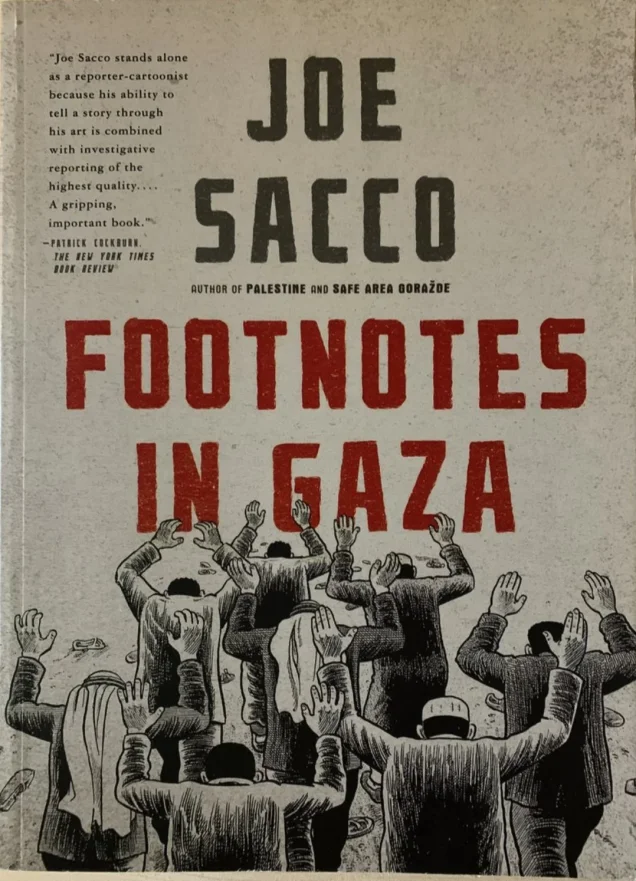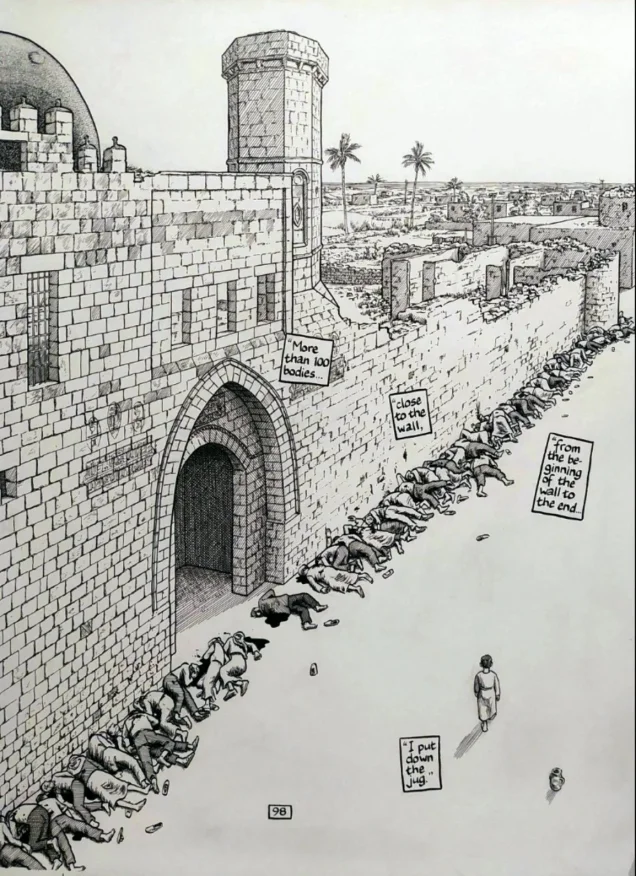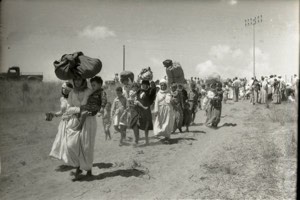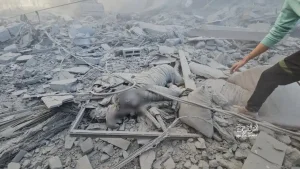
The Khan Yunis massacre, which took place on November 2, 1956, lasting for several days, is considered one of the major massacres committed by the Israeli army against Palestinian refugees in the Khan Yunis camp in the southern Gaza Strip. More than 250 martyrs fell victim to the first massacre. Nine days later, another brutal massacre was carried out by an Israeli army unit in the same camp, resulting in around 275 martyrs. Additionally, over 100 Palestinians from the Rafah refugee camp were killed on the same day. The massacre extended to the outskirts of the town of Bani Suheila.
The massacre was triggered by Egyptian President Gamal Abdel Nasser's decision to nationalize the Suez Canal in 1956. In a secret meeting, Britain, France, and Israel agreed to launch a three-sided attack against Egypt. The Israeli attack on Egyptian positions in the Sinai Peninsula began on October 29, 1956.
In response to the resistance put up by the residents of Khan Yunis in Gaza, the Israeli army shelled the town with artillery, causing severe civilian casualties. The massacre began on the third of November when residents were awakened by the military vehicles' loudspeakers demanding that all young men and men aged 16 to 50 leave their homes. Israeli forces then herded them to walls and public squares before opening fire on them with machine guns, resulting in hundreds of martyrs on the first day.
Researcher Ihsan Khalil Al-Agha documented in his book "Khan Yunis and Its Martyrs," published in 1997, the names of 520 victims who were executed in the field or killed in indiscriminate air or sea shelling in sequential massacres.
Al-Agha described what happened in his city as a "unique massacre" due to its extensive scale, the number of martyrs, the nature of the killing, and the lengthy execution time. He expressed surprise at the lack of attention to the massacre over the decades.
Researcher Ghazi Al-Sourani, in a study titled "Gaza 1948-1993," stated that the killing was not limited to the cities of Khan Yunis and Rafah alone but extended to various parts of the Gaza Strip. In Gaza City, 256 citizens were killed, while in the central Gaza Strip, 62 citizens were killed.
According to Al-Sourani's study, which was published in Gaza in 2011, the number of martyrs reached 930, with 215 missing and 716 injured in retaliatory operations carried out by occupation forces in various areas of the Gaza Strip.
After the withdrawal of occupation forces from Gaza and Sinai in March 1957, a mass grave was discovered in the vicinity of Khan Yunis, containing the bodies of 40 Palestinians who were shot in the back of the head.
In 2009, American journalist and cartoonist Joe Sacco published a 418-page book about the killing operations in Khan Yunis and Rafah, titled "Footnotes in Gaza." The graphic novel relies on eyewitness accounts, and Alexander Cockburn, who reviewed the book in The New York Times, wrote that Sacco "stands alone as a writer and cartoonist because his ability to tell a story through his art is combined with investigations of the highest quality," noting that "it's hard to imagine how any other form of journalism could make these events interesting."
American-Maltese journalist Joe Sacco, holding American citizenship, documented, through eyewitness testimonies, the details of the killing of Palestinian civilians in Khan Yunis and Rafah by Israeli occupation forces. During his visit to Gaza shortly after the start of the Al-Aqsa Intifada in 2000, Sacco mentioned in an interview with journalists that when he tried to gather more information about what happened in Khan Yunis and Rafah, he was surprised to find "insufficient information." Thus, he came to Khan Yunis and Rafah to hear the "truth from the mouths of eyewitnesses."










Share your opinion